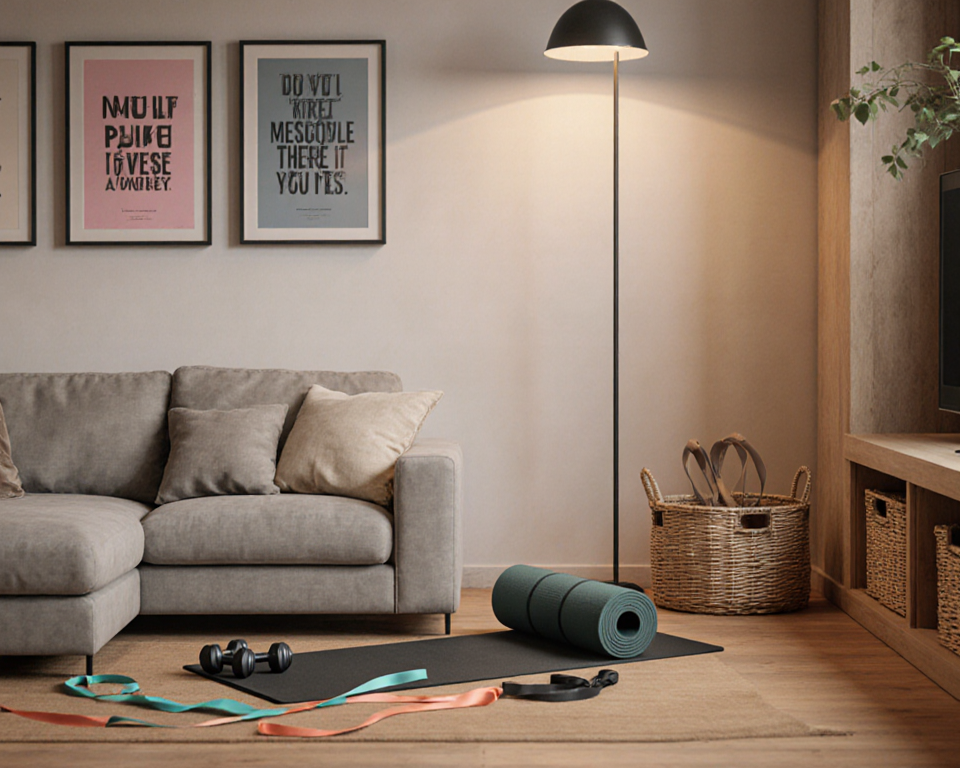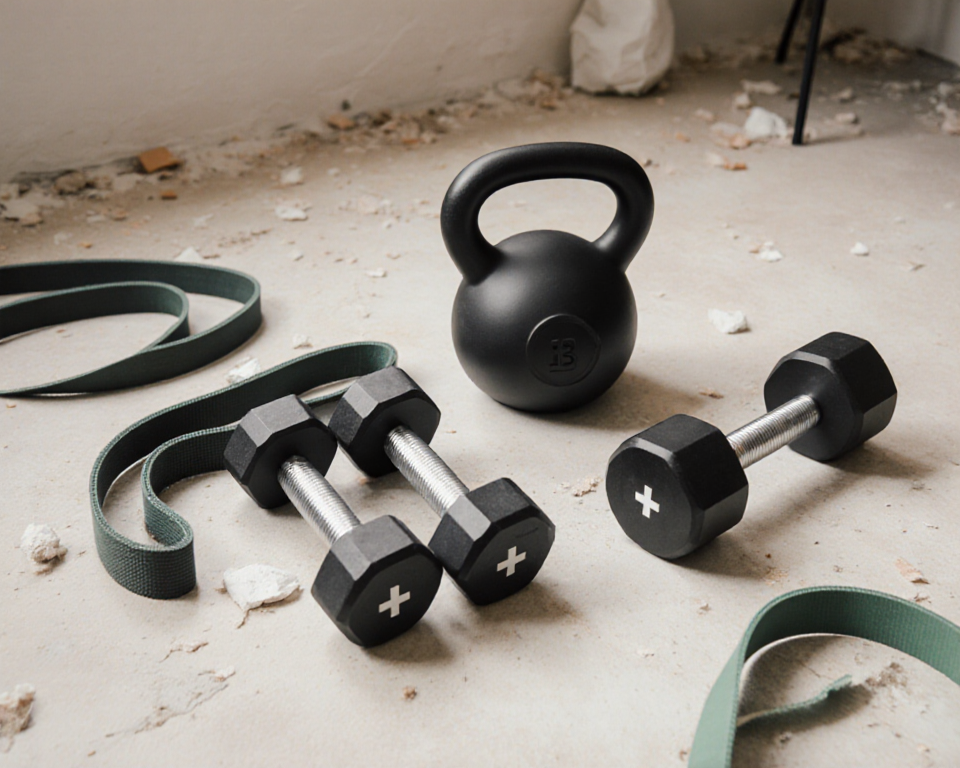The Best Gym Equipment for Beginners at Home: A Practical Guide

Starting a fitness routine at home can feel like stepping into a gym full of strangers—except you’re the only one who has to ask for the bathroom. Whether you’re a busy professional, a parent juggling chores, or simply someone who prefers sweat to sweatpants, the right gear can make all the difference. This guide will walk you through the essentials, answer the big questions, and help you build a beginner‑friendly home gym that won’t break the bank—or your back.
Why Choose Home Workouts?
Home workouts offer flexibility, privacy, and often, a cheaper price tag than a monthly gym membership. But the temptation to skip equipment can be strong: “Do I really need a lot of stuff?” The answer is simple—minimal, versatile gear is enough to cover most beginner routines. Think of it as a Swiss Army knife: each piece serves multiple purposes.
The Key Benefits
- Convenience: No commute, no dress code.
- Cost‑effective: One-time purchase versus recurring fees.
- Personalized environment: Control lighting, music, and temperature.
Assessing Your Space and Budget
Before you start shopping, you need a clear picture of the space and money you’re willing to invest. A cramped apartment can still host a functional gym if you pick the right equipment. Ask yourself:
- How much floor area do I have?
- Can I store equipment when not in use?
- What is my budget for the first year?
A typical beginner setup can start around $200–$300, and you can expand as you progress. Remember, you’re not buying a gym—you’re building a fitness foundation.
Quick Space Checklist
- Clear floor: Minimum 8×8 ft for free weights.
- Wall space: For pull‑up bars or resistance bands.
- Storage: Shelving or a small cabinet to keep items organized.
The Core Pieces of the Best Gym Equipment for Beginners at Home
When you think of “best gym equipment for beginners at home,” the first items that pop up are often the same across many lists: dumbbells, resistance bands, and a sturdy mat. These three items cover a wide range of exercises and are easy to store.
1. Adjustable Dumbbells
Adjustable dumbbells save space and money. Instead of buying a full rack, you can switch weights with a simple twist. Look for models that allow 5–20 lb increments for beginners.
2. Resistance Bands
Resistance bands are lightweight, inexpensive, and versatile. They can replace heavy machines for exercises like rows, chest presses, and glute bridges. A set of three (light, medium, heavy) gives you flexibility for progressive overload.
3. Yoga Mat
A good mat protects your joints and provides a stable base for floor exercises. Opt for a non‑slip surface if you plan to do Pilates or bodyweight routines.
4. Pull‑Up Bar
Even a doorway pull‑up bar can transform your upper body training. It’s a single piece that adds pull‑ups, chin‑ups, and even hanging leg raises.
5. Stability Ball
A stability ball is great for core work and can double as a bench for seated exercises. It’s also a fun way to add a balance challenge to your routine.
> “The only bad workout is the one that didn’t happen.” – Unknown
Building Your Routine Around the Equipment
Once you have the gear, the next step is to create a balanced routine. A beginner’s program should include strength, cardio, and mobility components. Here’s a simple weekly layout:
- Monday: Upper body strength (dumbbells + pull‑up bar).
- Tuesday: Lower body strength (dumbbells + resistance bands).
- Wednesday: Cardio + core (jump rope or treadmill walk + stability ball).
- Thursday: Rest or active recovery (yoga or stretching).
- Friday: Full‑body circuit (combine all equipment).
- Saturday: Light cardio or outdoor activity.
- Sunday: Rest.

Sample Circuit
- Goblet Squat – 3 sets of 12 reps.
- Push‑Up – 3 sets of 10 reps.
- Bent‑Over Row – 3 sets of 12 reps.
- Resistance Band Hip Thrust – 3 sets of 15 reps.
- Plank – 3 × 30‑second holds.
Repeat the circuit twice for a full‑body workout that takes about 30 minutes.
Safety and Maintenance Tips
Even with beginner equipment, safety matters. Here are some quick dos and don’ts.
Do’s
- Check weight limits: Ensure your bench or bar can handle the load.
- Warm up properly: 5–10 minutes of dynamic stretching.
- Use proper form: Quality beats quantity.
- Hydrate: Keep water nearby.
Don’ts
- Skip the cool‑down: Stretch after each session.
- Ignore pain: Stop if you feel sharp discomfort.
- Overlook storage: Keep equipment clean and dry.
An anecdote that might resonate: I once tried lifting a dumbbell that was heavier than my lunchbox, only to realize my back had a different idea of “heavy.” Lesson learned: start light, progress gradually.
Making Your Selection Count
Choosing the right equipment is only the first step. The real magic happens when you commit to a routine and keep it consistent. Here are some final thoughts to help you stay on track:
- Set clear, realistic goals: Whether it’s losing 5 lbs or mastering a pull‑up, a target keeps you motivated.
- Track progress: Use a simple notebook or an app to log weights, reps, and how you feel.
- Celebrate milestones: Treat yourself when you hit a new personal best.
Your home gym is an investment in yourself—think of it as a seed that grows into a healthy habit. With the best gym equipment for beginners at home, a solid plan, and a dash of humor (yes, even the squats can be funny), you’re well on your way to a stronger, happier you.
Ready to start? Pick one piece of equipment today, set a goal, and let the journey begin.